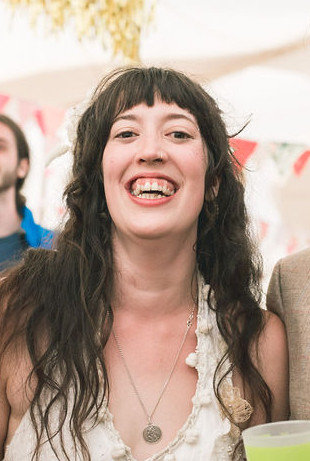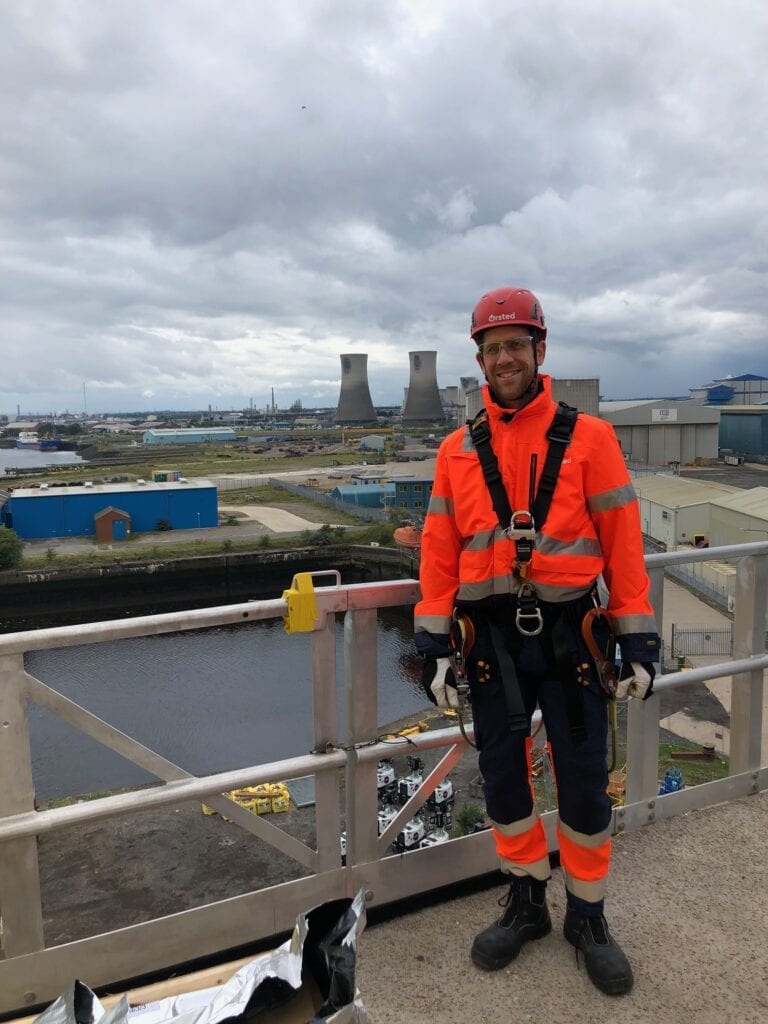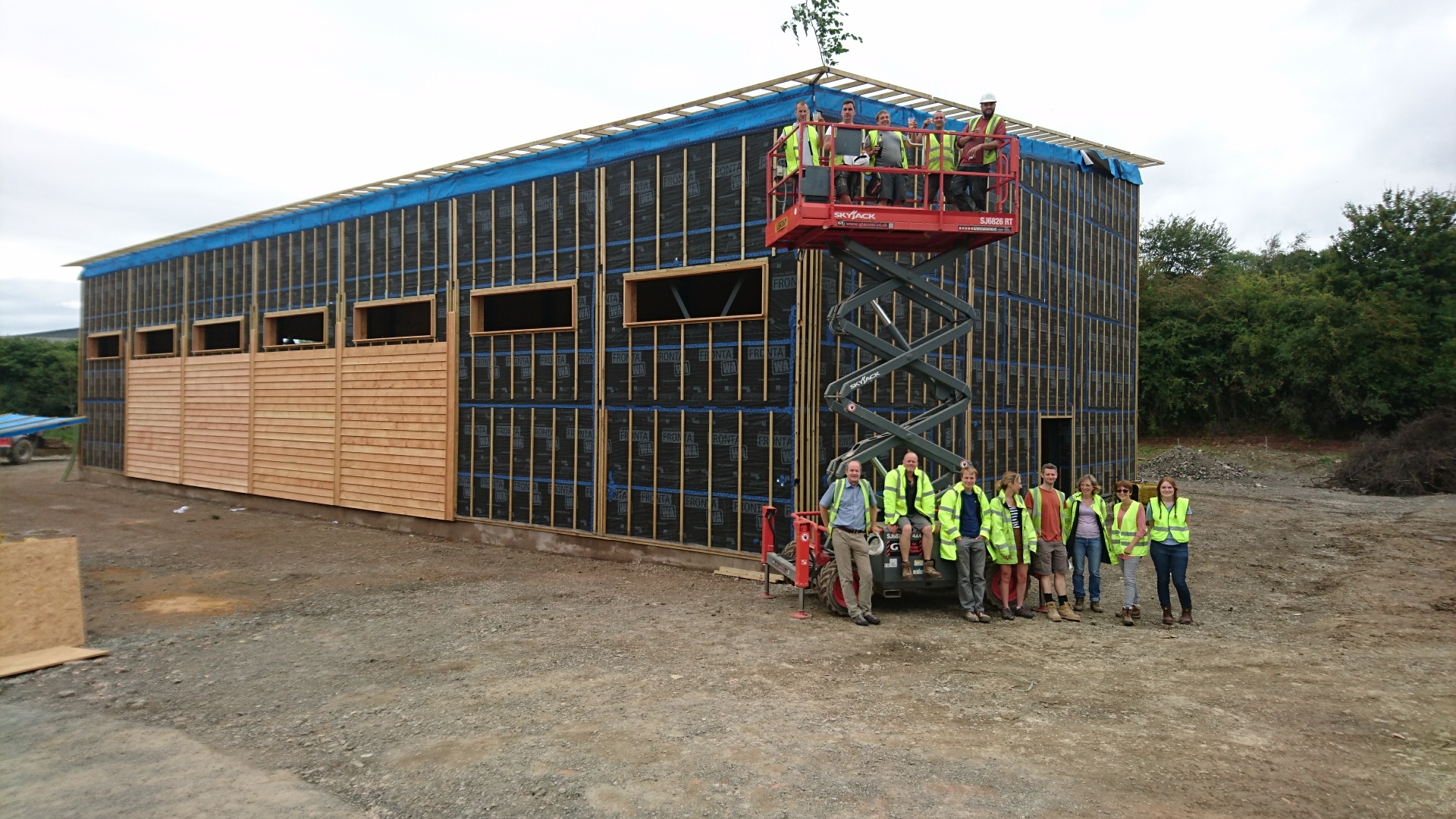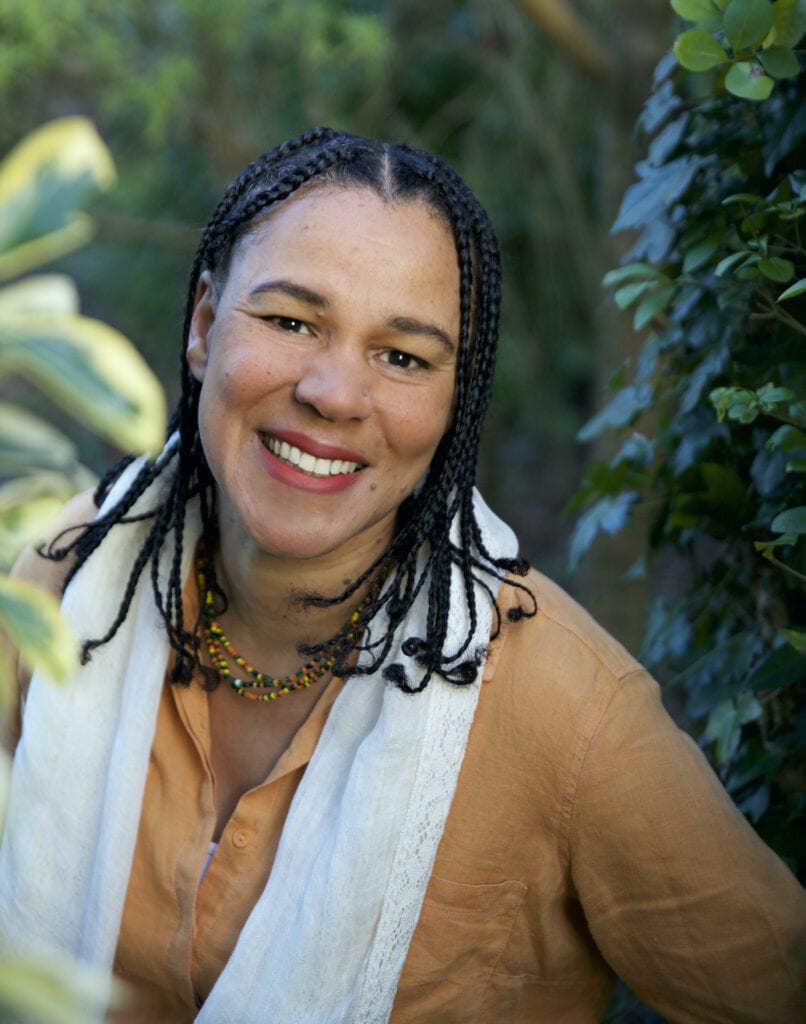Imagine waking up on a Monday morning, and getting ready to go to work, and knowing that you’ll be spending the week building a better world. You go to work where your job preserves and restores the environment, and you know – without a shadow of a doubt – that you’re spending your time creating a greener, cleaner and fairer society.
To be green, a job should contribute to preserving or restoring the environment. They could be part of traditional sectors, like manufacturing and engineering or newer ones, like renewable energy, bike mechanics, city planning or even in the food sector – a vegan chef is a green job too!
We spoke to some people with green jobs, to find out what it’s like and what inspired them to go green.
Holly Vandyke – studying land management

Holly Van Dyke is in the process of switching to a green job after the pandemic made her rethink her career.
Holly was furloughed for three months this year, which meant she had a lot of time to think. ‘I realised, sitting in my garden, that I didn’t miss the office at all! I really just wanted to be outside and doing something that feels more practical, growing things, making things with my hands, working with other people with similar goals. I feel like the climate crisis isn’t going away, and I want to learn to adapt to that – so the Shift Practical Sustainability Course felt like a great way to learn some of those skills and tools to adapt to a fossil free future.
‘Obviously at the moment we are spending a lot of time in the Zoomsphere! Interspersed with Zoom weeks we are also doing practical weeks, getting out and about to various community projects, market gardens, and community allotments to learn about composting, soil fertility and biobrews, foraging, scaling up, accessing local markets and much more. We also do design projects every term, where we put our learning into practice to design spaces incorporating mapping skills, soil fertility testing and applications such as top dressing and mulching.’
Jack Hunter – offshore wind engineer

Offshore wind engineer Jack Hunter.
Jack believes that in the context of the current political uncertainty, any opportunity to create jobs is a good one – but green jobs are the best, of course! ‘The world is on the edge of a boom in the scale of the renewable sector and the UK is very well positioned to take advantage of that. Growth in green jobs is very attractive, especially when they can be created in areas of the UK that have suffered from underinvestment for a long period of time. I get the impression that younger people are looking for jobs that have a wider impact, and green jobs definitely do that in terms of actively fighting the climate emergency.
‘As an Array Cable Engineer, my role is quite technical. I support the delivery of our two Supply and Termination contracts – practically this means that I review and support the development of project documentation from our suppliers. I also assess, plan and deliver solutions for technical issues from our windfarms.’
Jasper Meade – director of green construction company PYC Group
Jasper has been incorporating sustainability into his work since the beginning of his career, having been inspired by a friend visiting from New Zealand and telling him about sustainable insulation – over 30 years ago! ‘It was an easy decision to move from itchy, scratchy and cough-making products to recycled Warmel insulation. We became converts and that gave us the incentive to look at all aspects of how our building work could be made more sustainable.’
‘On a daily basis, I oversee the business operations and development. We have a daily morning meeting where we discuss targets and progress, which includes build projects in the pipeline and design. Where I can, I will visit the factory and site. I feel very strongly about sustainable building, so education and communication on a wider scale is very important. We are members of key organisations like Passivhaus Trust and Woodknowledge Wales so I spend time responding to emails and phone calls from them, plus partners in the sustainable construction industry. I also run online sessions for industry professionals and students on our timber frame build system and sustainable insulation.’

Jasper Meade’s construction company PYC Group.
Juliet Sargeant – garden designer

Juliet Sargeant is now a landscape designer, following a first career in medicine.
Juliet says that positive experiences of nature and landscape as a child stayed with her. After her first career in medicine, she moved into landscape design. ‘When people start to connect with nature and landscape, they start to develop a new respect for them and a better understanding of our role in the future of the planet. Even a switch to growing your own vegetables at home, can make you more aware of ‘food miles’ and then pique your interest in organic farming, or the vegan debate.
‘Designing gardens is quite a flexible job, where you can decide how much work you personally undertake outside, on-site or in the studio, or how much you delegate to others. I enjoy the variety, so I spend about 70% of my time designing in the studio, collating orders, communicating with clients and running the business. About 25% of the time I undertake site visits during builds, visiting clients at home and planting once the builds are complete. Then a small amount of time is spent visiting plant nurseries, stone merchants and other suppliers.’



